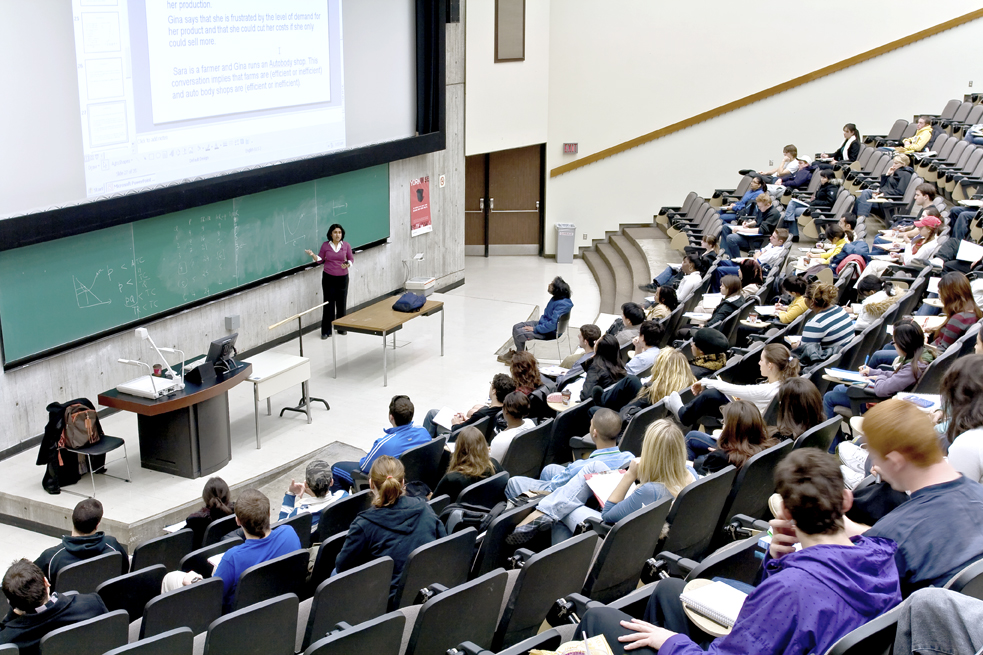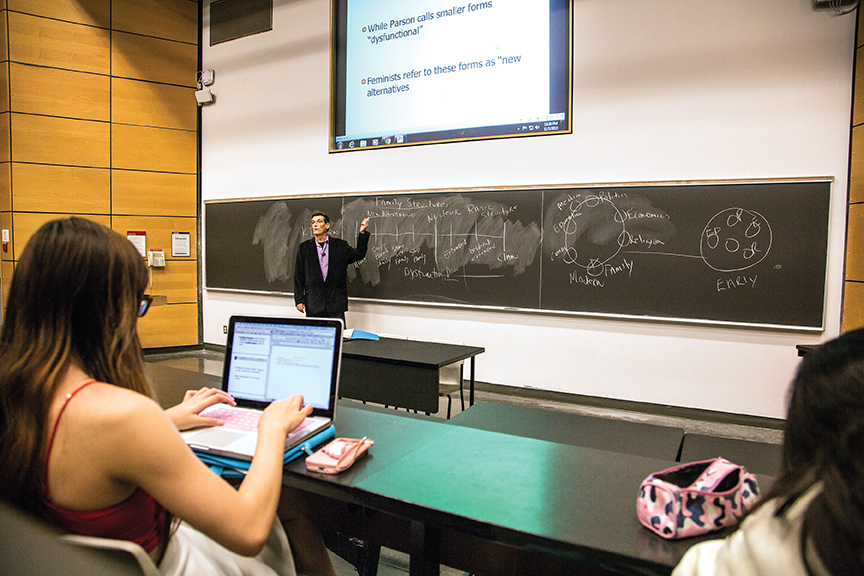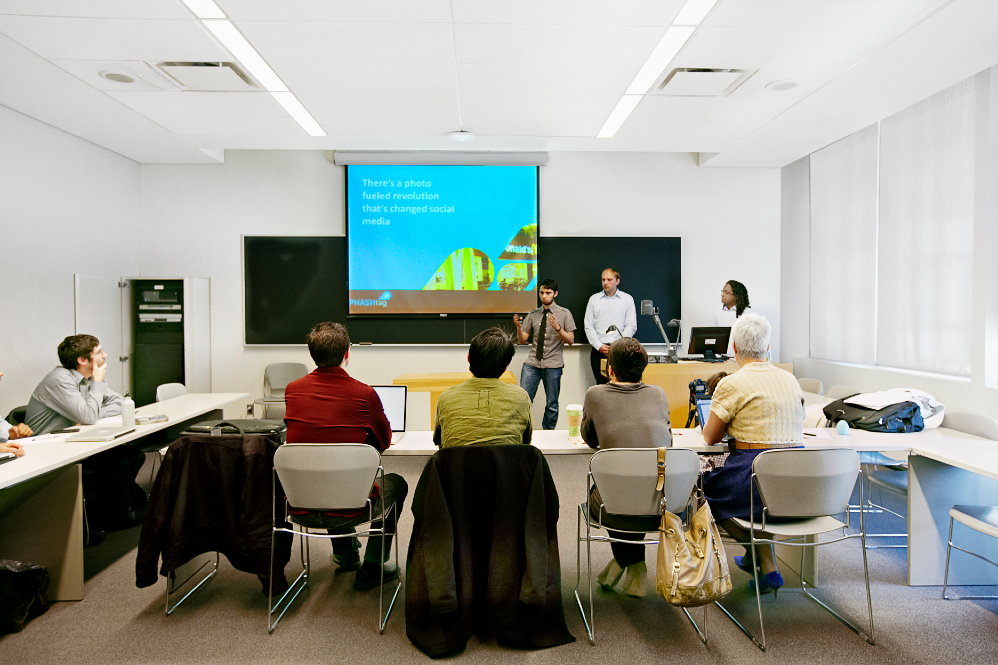Flexible learning is about enabling choice and responsiveness in the pace, place and mode of learning.
(Ryan & Tilbury, 2013, p. 8)
The following resources are included to assist instructors to support flexible learning. For more information about flexible learning, see the HEA's Flexible Pedagogies: new pedagogical ideas (Ryan & Tilbury, 2013) and Ryerson's Flexible Learning Resource (Schwartz et al., n.d.). A Zoom recording of the student panel as part of the Assessment Strategy Exchange (beginning at 00:57:36) offers a student perspective you may find helpful.
Make sure to check out our support page to learn about all the support available.

Strategies for on-campus learning
This resource offers a variety of strategies for active learning anywhere.

Recording lectures
A detailed but easy-to-follow page from Learning Technology Services (LTS) dedicated to assistance with recording lectures, including everything you ever wanted to know about Panopto (how to use it, how to migrate to it, etc.) as well as to legacy questions and concerns with TechSmith Relay.

Learning modalities and resources
Our colleagues in Lassonde have created a resource that includes helpful definitions and examples of teaching in multiple modalities, including Hyflex. (Any decisions regarding course format should be discussed with your program and/or Faculty).

Alleviating student anxiety
A compendium of best practices and recommendations, as well as a list of resources for you and your students.

Assessment
An extensive collection of resources for assessment from alternative assessments and assessments for large classes to an open book exam toolkit, and many more!

Preparing for teaching online
This checklist is meant to help guide you in preparing to teach online, whether synchronous or asynchronous, blended or fully online.
